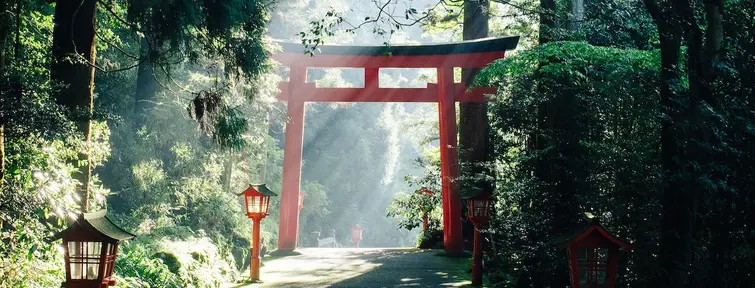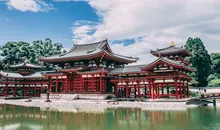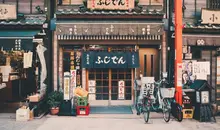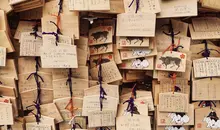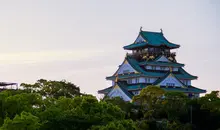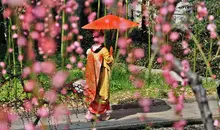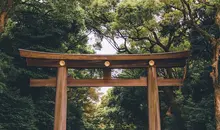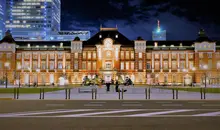Plan your trip
Have all the cards in hand to prepare for your trip to Japan! Discover all our practical guides and travel advice for a peaceful stay.
To know about Japan
Prepare for your trip thanks to the "Before you travel", "Travelling in Japan" and "Japanese Language" sections. Set off on a culinary adventure with "Japanese Food and Drink" or deepen your knowledge of Japan with "Understanding Japan". You can also look through sections about Japanese's movies, history and literature.
Read our articles to know everything about Japan
To travel by train
The best way to get around Japan is undoubtedly by train! Have you heard of the Japan Rail Pass or ekiben meals? Do you know how to find your train and how to get around a Japanese station? Find all the advice so as not to get lost and take the train with complete peace of mind while taking advantage of all that the Japanese system has to offer.
Find our articles on the train in Japan
Our Thematic Guides
Japan Experience creates thematic files for you that address in depth a theme, a place or an activity in Japan. Japanese winter, the Tohoku region, hiking trails but also practical guides on the budget needed for a trip to Japan, tips and good plans to organize your stay and many more!
Each month, Japan Experience invites you to explore a different theme, to understand the culture and life in Japan, and thus be able to better prepare your trip.
Our Travel Guidebooks
The world of Japanese culture is so rich with variety that it’s hard to find a single book that covers everything. Our guidebooks are made to be leafed through before or during a trip, to admire magnificent pictures taken in the Japanese landscapes or to find unique addresses, these guides will be able to accompany you at each step of your project!
They are a great source of inspiration; you will find in these different books, all the essential elements to discover, understand and explore Japan!
